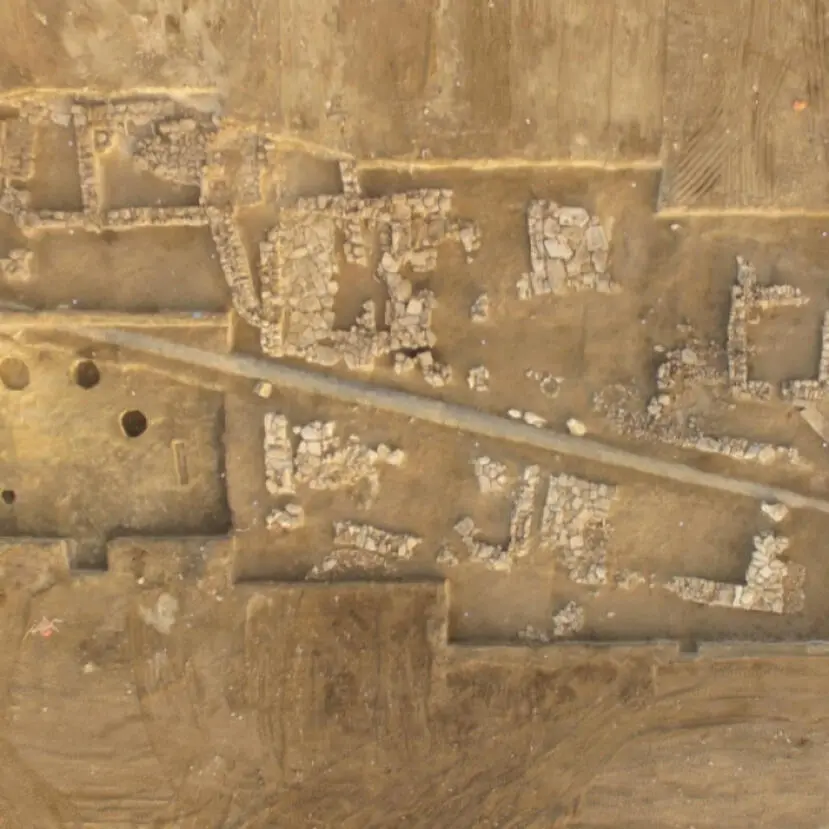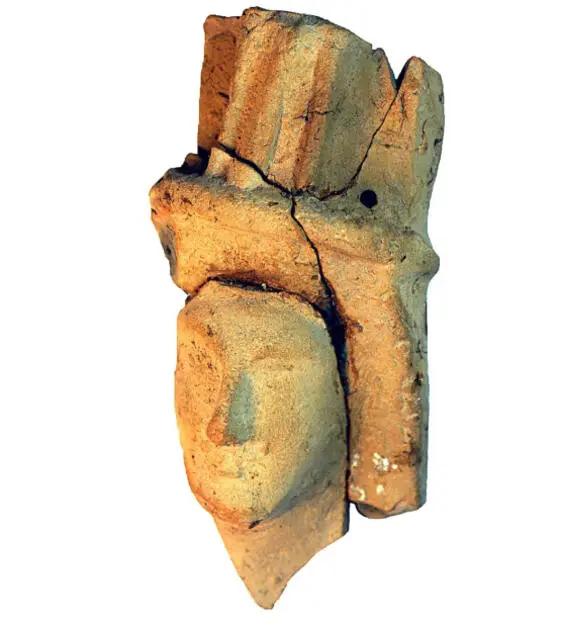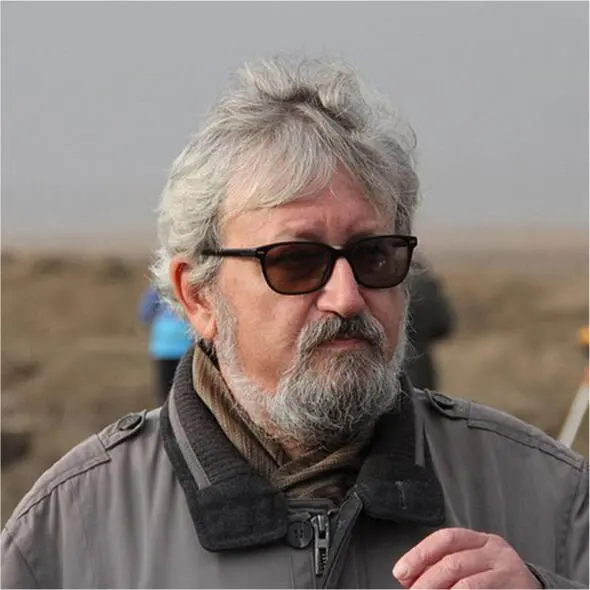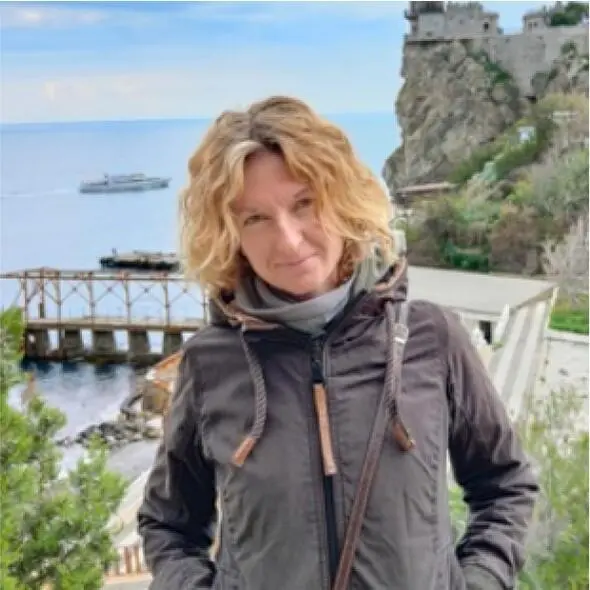Fragment of a terracotta doll statuette
ID:
4079
Updated:
09.12.2024
Name:
Fragment of a terracotta doll statuette
Author:
Original name:
The country of the work of art:
Date:
I century AD
Type:
Sculpture
Circumstances:
Аppropriated by representatives of the russian federation during illegal excavations of cultural heritage sites of Ukraine
Provide additional information
Details of theft
Year of the incident:
2017
Place of the incident:
Archaeological site "11th kilometre settlement"
Coordinates (Lat, Lon):
45.31826212959023, 36.34215051372204
Place of last known stay:
Links
Archive links

Description of the incident location
The 11th Kilometer settlement is located 11 km west of the city of Kerch near the Kerch-Feodosia highway.
The first settlement on this territory can be dated to the Bronze Age, which includes fragments of stucco pottery, fragments of stone tools, remains of buildings, and burials. In Roman times, in the first and third centuries AD, there was a large settlement here. The period of the most intensive life in the settlement dates back to the first- and second-century CE due to the economic rise of the Bosporus Kingdom at that time. Apparently, the settlement continued in the early Middle Ages (VIII-X centuries) and even in the XIX century.
In 2017, the Crimean New Construction Expedition of the IA RAS excavated almost the entire southern part of the settlement, covering an area of more than 15 thousand square meters. More than a dozen objects of the Middle Bronze Age, 22 building complexes of the Roman period, several buildings of the Khazar era, and buildings of the Modern period were destroyed during the three excavations.
The first settlement on this territory can be dated to the Bronze Age, which includes fragments of stucco pottery, fragments of stone tools, remains of buildings, and burials. In Roman times, in the first and third centuries AD, there was a large settlement here. The period of the most intensive life in the settlement dates back to the first- and second-century CE due to the economic rise of the Bosporus Kingdom at that time. Apparently, the settlement continued in the early Middle Ages (VIII-X centuries) and even in the XIX century.
In 2017, the Crimean New Construction Expedition of the IA RAS excavated almost the entire southern part of the settlement, covering an area of more than 15 thousand square meters. More than a dozen objects of the Middle Bronze Age, 22 building complexes of the Roman period, several buildings of the Khazar era, and buildings of the Modern period were destroyed during the three excavations.
Provide additional information
Involved in theft
Provide additional information





